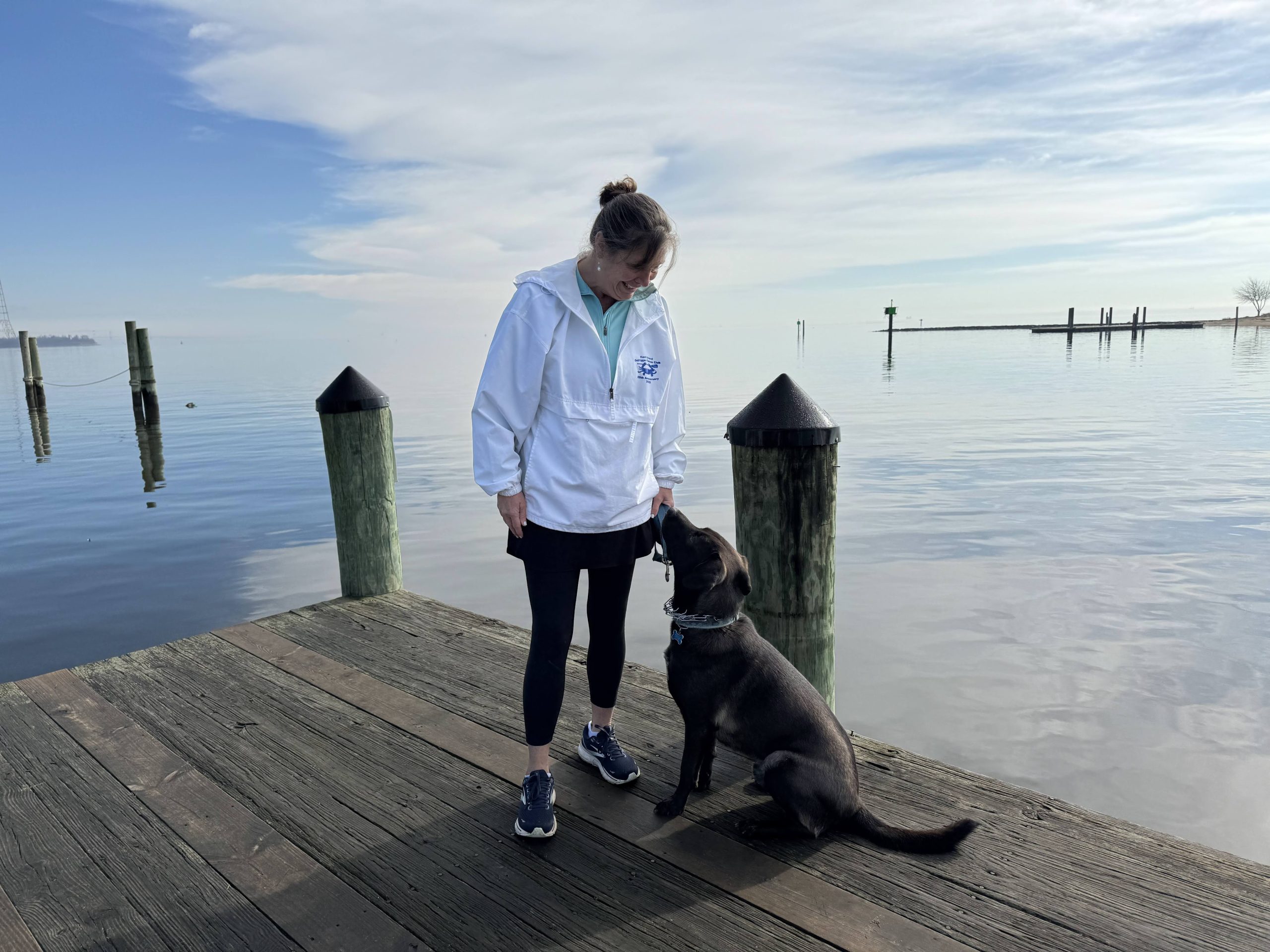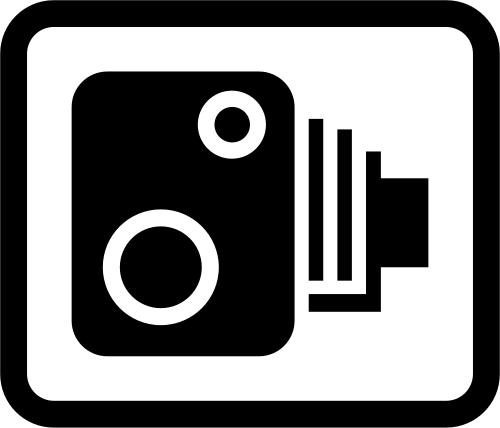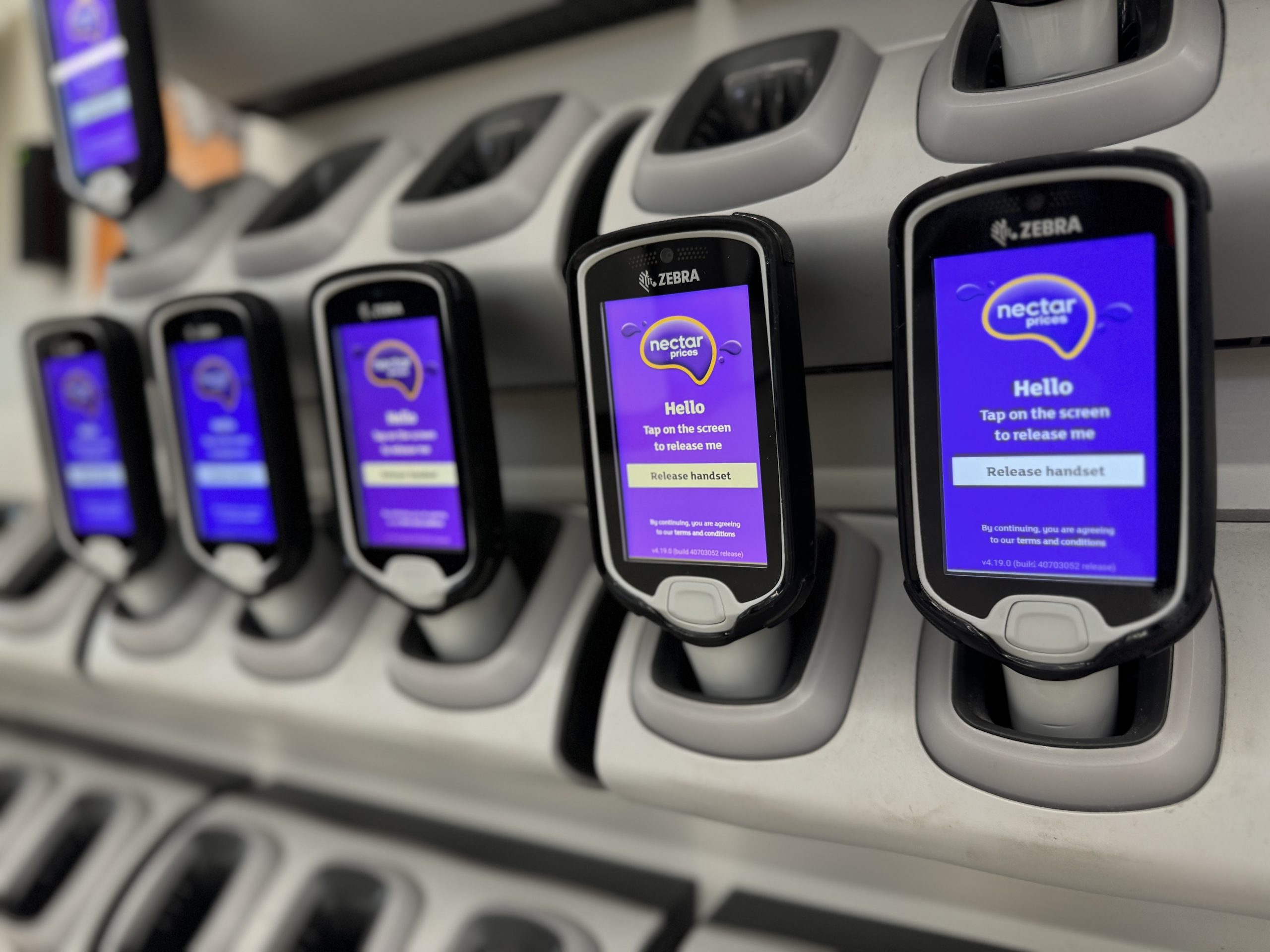Today is Nancy Wallace’s funeral. Nancy was my [wife’s] sister-in-law – and although I can’t be there in person (Nancy lived in the US, and I need to be in the UK this week), I’ve found myself pausing. Reflecting. Remembering.
Even though we lived on different continents and didn’t see each other often, I always enjoyed Nancy’s company. She was warm, supportive, and carried with her a perspective shaped by a life well lived – both through her travels and the way she connected with people. More than once, Nancy gently challenged my thinking or offered a different perspective. She had that gift.
Writing this post – something deeply personal yet that’s being shared with the world – I struggled to find the right words to describe our relationship, but this passage from her obituary captured it perfectly:
“Nancy’s friends, family, and colleagues will remember her as a radiant spirit, always present, always caring, and always eager to bring people together. As a friend beautifully commented, we never thought that Nancy would leave the party early. But apparently, she had other places to be and people to befriend.”
I can just hear her saying that – “other places to be and people to befriend”. That was Nancy.
Her death came as a shock to us all. She was only 59. Fit, active, full of plans. And that’s the thing – when someone like Nancy dies unexpectedly, it shakes you. It makes you stop. It forces you to think about life – which inevitably means thinking about death.
This isn’t the first time I’ve had one of these moments…
What my Dad’s death taught me
When my Dad died suddenly at 63, it knocked me sideways. I was in my late-30s and pretty sedentary – I had the kind of lifestyle that comes with a desk job and not enough movement. But that event triggered something. I threw myself into fitness, ran regularly and lost over 20kg as part of my “fit at forty” challenge. Later, I transitioned from running to cycling and over the following decade or so I rode hundreds of miles across the UK and Europe: London to Paris; coast to coast across England; the full length of Wales.
But old habits crept back in. More accurately, my sugar addiction – and yes, it really is an addiction – reasserted itself. The weight came back. By 50, I was in therapy, dealing with anxiety, depression, and a deeply complicated relationship with food.
This isn’t a pity post
Let me be clear: I’m not writing this for sympathy.
I have a good life. A loving wife. Two fantastic sons, both full of ambition and potential. And I’m back in a job that I enjoy. Financially, we’re not rolling in cash, but we’re not scraping by either.
Several years ago, I moved to a four-day working week – a conscious choice to reclaim some time. Not just to rest, but to live a little more. To be present rather than just productive.
And yet, I struggle.
Because I care. Because I want to give my family stability. Because I remember watching my Dad get made redundant in his 50s and the resulting challenges finding work again. Because – even with a stable job – the cost of living keeps creeping up. Because I’ve spent so much time and energy making sure we’re OK if something goes wrong, that I’ve often forgotten to enjoy what’s going right.
And because, the older I get, the harder it is to shift the weight. It’s not just about counting calories. It’s far more complex than that – hormones, metabolism, mental health, habits. A lifetime of habits and patterns.
So, what does this have to do with Nancy?
Nancy’s was just six years older than me, and only four short of the age my Dad was when he died. And, while I’d like to think I still have still plenty of life in me, the truth is that none of us really knows how long we’ve got.
Nancy and my brother-in-law, Simon, had plans. Big ones. But she never got to see them through.
We only get one life. And I’ve realised I need to start living mine more fully.
For the last couple of decades, my focus has been on family, mortgage, job security. Sensible, responsible stuff. Important stuff. But I’ve also been holding back. Waiting for the “right time” to do the things I dream of – travel more, work differently, embrace new experiences. There is a balancing act – between building up the pension pot and actually living the life I’m saving for.
Nancy’s passing has reminded me that the “right time” might never come unless I make it come.
So I need to make some changes. Tackle the sugar addiction. Get my fitness back. Be around long enough – and well enough – to support my sons as they step out into their adult lives. And then? Maybe it’s time to be a little selfish. Or at least, to live a little differently. Lighter. More intentionally.
Nancy may have left the party early, but she left behind a message – that it’s time to start living. Message received, loud and clear.
Featured image, from the family collection – Nancy, and her beloved canine companion, Ziggy, by the water – where she loved to be.













